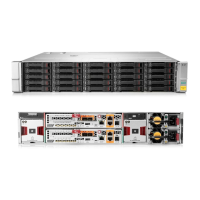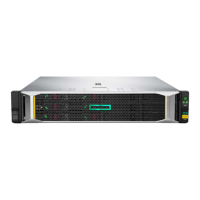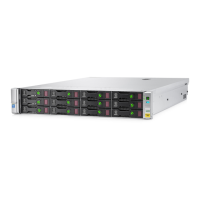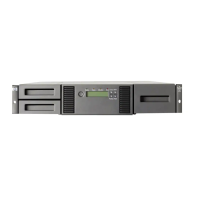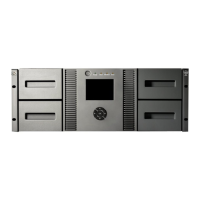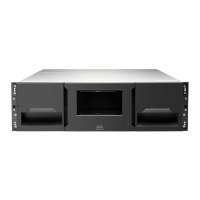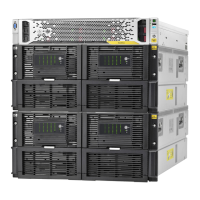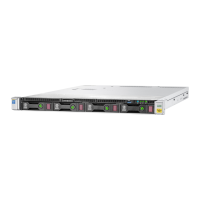17
Technical white paper | HP StoreVirtual 4000 Storage
Multipathing I/O
For servers, multipathing makes use of redundant physical adapters to create logical paths between the initiator and
target. Each network interface card or HBA should be connected to the resilient storage network to provide continued
access to storage in the event of a component failure.
MPIO for VMware vSphere
HP recommends native multipathing using round-robin load balancing policy. Round-robin provides performance
advantage by load balancing host I/O requests across all available network paths. Each path to the iSCSI SAN establishes
a unique iSCSI session to the target; thus providing high availability, aggregate bandwidth, and optimal network
performance. Conguring round-robin multipathing requires at least two network ports and two VMkernel ports
connected to a virtual switch.
To guide VMware vSphere and HP StoreVirtual multipathing integration, refer to the technical white paper titled
“HPStoreVirtual Storage with VMware vSphere: Design considerations and best practices.” This paper provides detailed
information on how to integrate VMware vSphere 5.0 with HP StoreVirtual Storage to include conguration steps to
implement multipathing.
Best practices
• Use at least two network adapters and round-robin multipathing for improved performance and failover of the iSCSI
connections.
• VMkernel ports with iSCSI bindings should be separate from host management and virtual networks trac used
by virtual machines. Best practice is to separate VMkernel port trac by functionality such as iSCSI, vMotion, Fault
Tolerance (FT), and virtual machines, requiring a minimum of eight network adapters.
• HP recommends using network adapters capable of ooading TCP/IP processes from the host CPU to specialized
hardware on the network adapter. Refer to VMware Compatibility Guide vmware.com/resources/compatibility or HP
SPOCK for a list of compatible network adapters.
MPIO for Microsoft Windows Server
For Windows Server, the built-in MPIO framework is used to manage redundant paths to HP StoreVirtual. In addition to
the generic Microsoft DSM (device specic module) for iSCSI which works with LeftHand OS versions 9.0 and later, there is
also the HP StoreVirtual DSM for MPIO.
HP StoreVirtual DSM for MPIO can increase the throughput for sequential workloads by optimizing the data path. Once
installed it works automatically in the background for all iSCSI sessions established by Microsoft’s iSCSI Software
Initiators for volumes on HP StoreVirtual. iSCSI HBAs do not benet from HP StoreVirtual DSM for MPIO.
For more information, refer to the “Conguring HP StoreVirtual Storage with Microsoft Windows Server” white paper
which covers multipathing for Microsoft Windows Server in more detail.
Nice-to-know
• Microsoft does not support network adapter teaming with the iSCSI Software Initiator
• HP StoreVirtual DSM for MPIO is available on the HP StoreVirtual Application Integration DVD
Best practices
• Use multiple network adapters to establish iSCSI sessions for multipathing
• The preferred load balancing options for HP StoreVirtual DSM for MPIO and Microsoft DSM for iSCSI is round-robin

